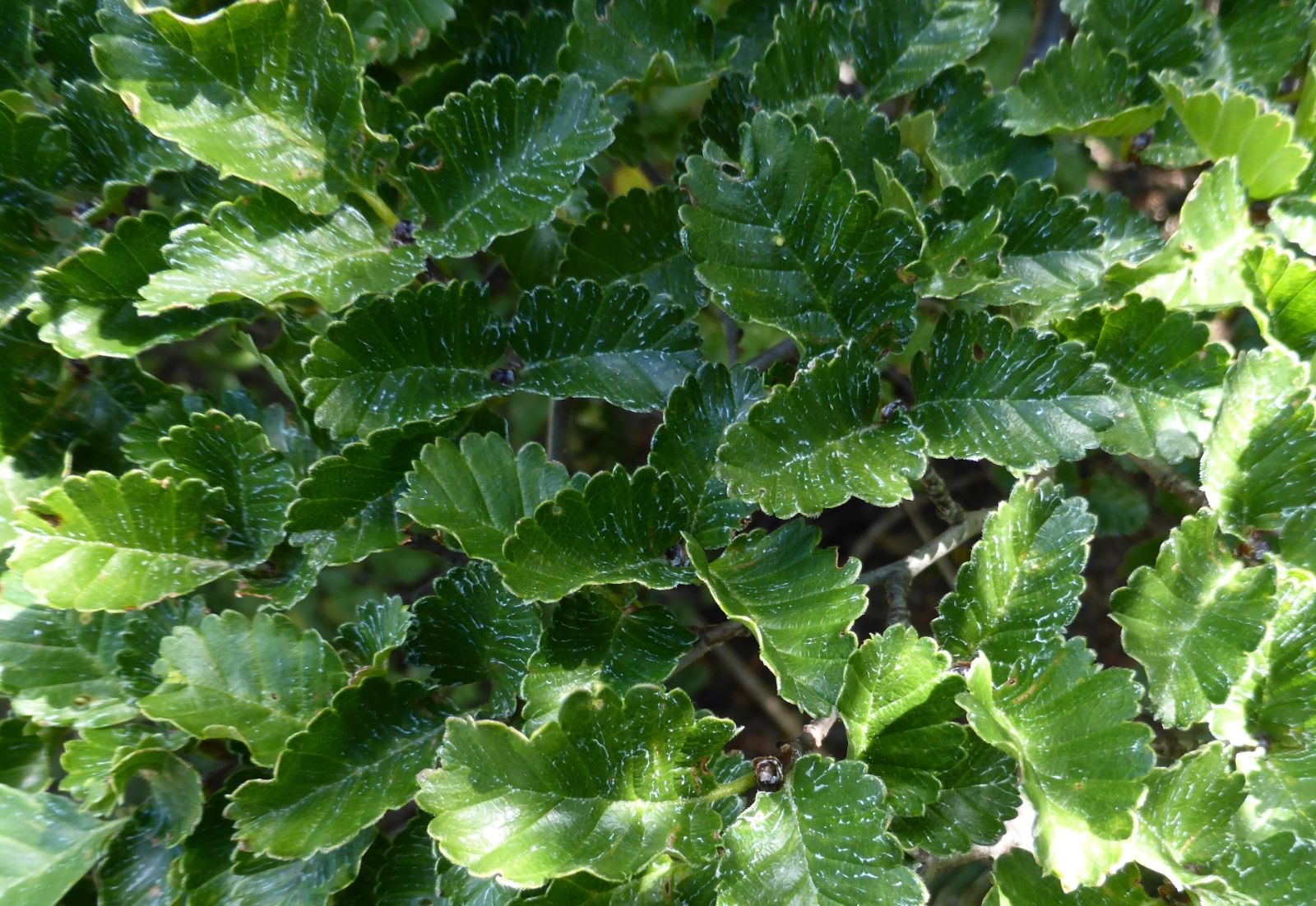Lenga (LEN)
Lenga is a temperate species growing on a wide variety of sites from sea level to 2000 m. It is one of several southern beeches growing in South America and is the second most abundant tree species in Chile and Argentina; it is largely underutilised. The wood is quite versatile and easy to process and could be a substitute for maple and cherry. Little is planted in Britain, but Lenga could find a niche in the right sites to assist with forest diversification.
Lenga is categorised as a plot-stage species. These are species that have demonstrated some positive silvicultural characteristics at the Specimen-stage and are now subject to further testing and development in a limited number of trial plots.
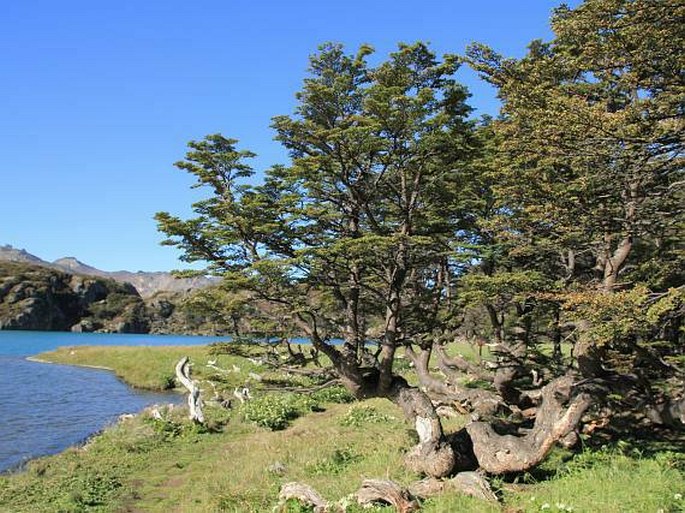
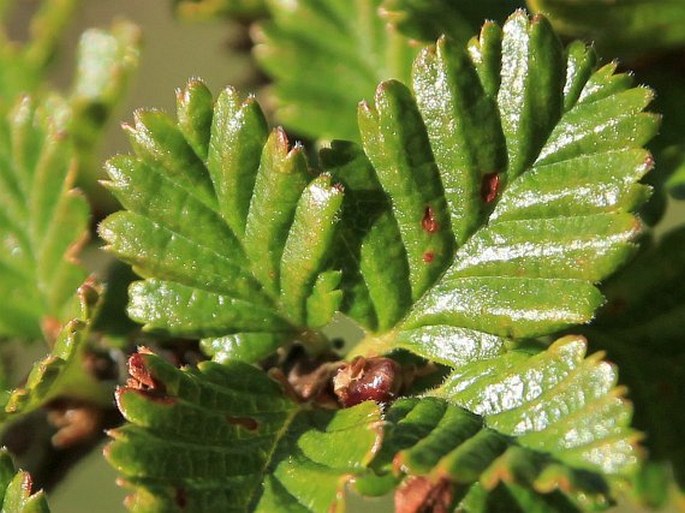
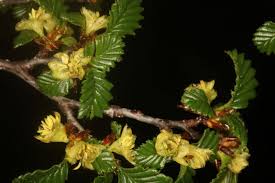
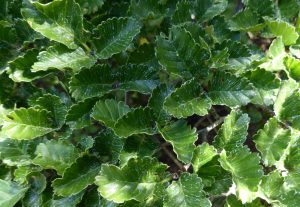
Range
Lenga is native to southern Chile and Argentina where it covers nearly 20° of latitude from Cape Horn northwards. In the northern part of its range, the species grows at high elevation whereas further south it is found at sea level.
Provenance Choice
The few forest plots in Britain are small and have only been established in the last 30 years, so seed should be sourced from the natural range. Very limited experimental results suggest that seed sources from the southern parts of the range should be suitable for the British climate. Material from drier (eastern) areas is reportedly more drought tolerant than those from moister western regions.
Site Requirements
This is a fast-growing species which is moderately tolerant of exposure and likely to be more cold hardy than Rauli or Roble, although frosty sites should be avoided. Best growth is on well drained moderately dry to fresh soils of poor to medium nutrient regime. Not suited to compacted, alkaline or peat soils or to those with a very poor soil nutrient regime.
Further detail on the site requirements of Lenga in current and future climates can be examined using the Forest Research Ecological Site Classification Decision Support System (ESC).
ECOLOGICAL SITE CLASSIFICATION TOOL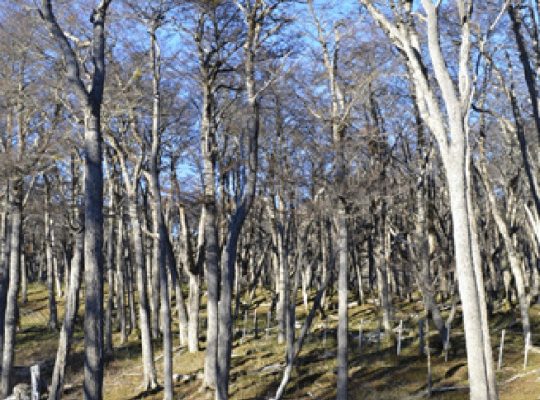
Silviculture
Form in British plots of Lenga is often poor with many multi-stemmed trees which may reflect frost damage and/or poor provenance choice. Lenga has intermediate shade tolerance and in its native range frequently grows in pure stands, especially in the southern part of the natural range. It is mostly managed under shelterwood or variable retention silvicultural systems which provide the gaps within which natural regeneration can develop.
Nursery methods are likely to be similar to those recommended for other Nothofagus species, with seed sown after a short period of moist prechilling. Growth in the nursery can be rapid, so older plants may have poor shoot:root ratios.
After establishment, Lenga trees show good height growth, but the limited British trials suggest that it is less productive than either Rauli or Roble. Its tolerance of exposure means that Lenga could be used as part of a species diversification strategy for planted conifer forests, once more information on provenance, cold hardiness, form, and growth rates is available.
Pests and Pathogens
Subject to major episodes of defoliation by caterpillars in its native range, which appear to have increased in severity possibly because of climate change. Although there are few reports of damage by pathogens, like other Nothofagus species it could be vulnerable to Phytophthora pseudosyringae.
See our other tools and resources
Further Resources
External
In addition to the general sources of information for species the following are useful for Lenga.
Mason, W.L. Jinks, R., Savill, P., and Wilson, S.McG. (2018) Southern beeches (Nothofagus species). Quarterly Journal of Forestry, 112, 30-43.

